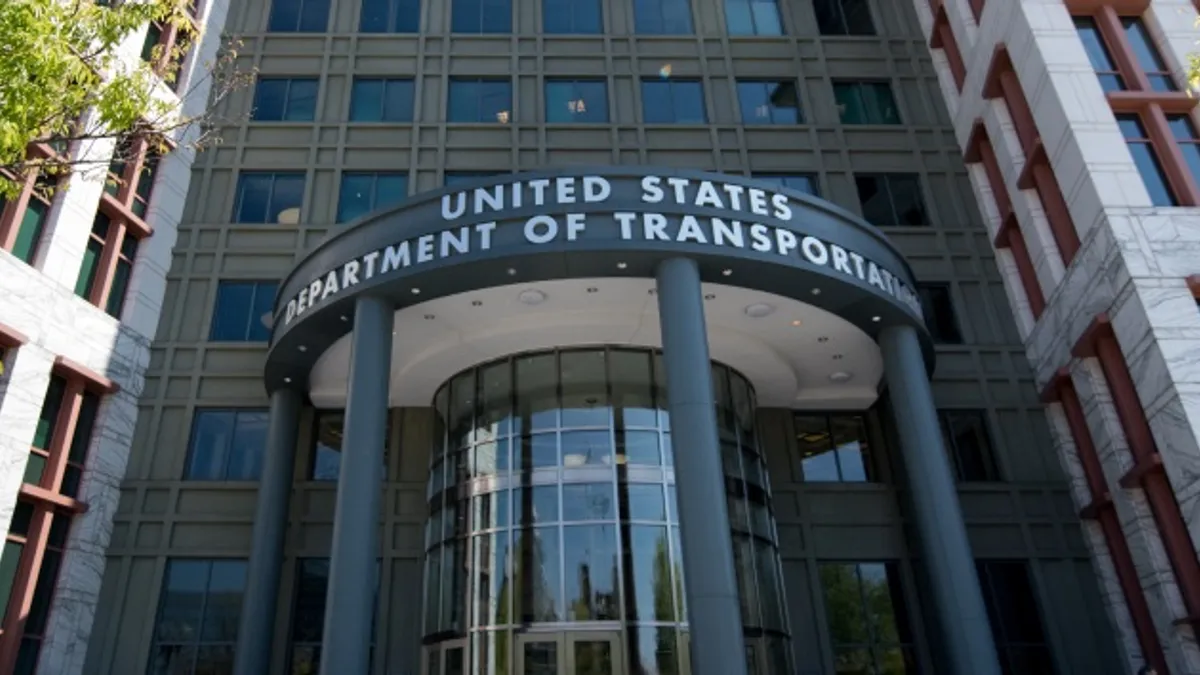The $1 trillion bipartisan infrastructure law enacted last year provides "the most amount of federal money I've ever seen in my 25-year career" for transportation, said Hayes Morrison, mobility chief at the Massachusetts Department of Transportation, speaking last week at the MOVE America conference in Austin, Texas.
But cities and states must compete for many grant programs, which cover highways, public transportation and capital investments. Morrison added that the pot of funds is divided across 50 states, the District of Columbia, territories and tribal communities. For states and cities to get their share, it's important to understand the federal government's goals and how to provide the data that will help win grants, she said.
In Morrison's view, the Federal Highway Administration is focusing on safety issues, as traffic fatalities and pedestrian deaths have increased in recent years. Morrison pointed to the Safe Streets and Roads for All Grant program, which asked cities and counties for real-time data to prove that their program meets a safety need, as evidence.
The Federal Transit Administration is also prioritizing safety, Morrison said. The high-profile safety failures at the Massachusetts Bay Transportation Authority led to an FTA safety investigation this year.
However, Morrison said that the transportation secretary is looking for innovative projects and projects that advance electrification. Major funding sources include the National Electric Vehicle Infrastructure formula program and grant programs for transit and school bus electrification.
Each grant program must go to a "designated recipient," which can be a state department of transportation, metropolitan planning organization, county or city government, explained Morrison. In Massachusetts, that recipient is the state DOT. "I am really trying to balance what cities and towns and our own department of transportation want," she said.
Morrison pointed out that much of the funds in the infrastructure law are just reauthorizations of existing programs, although at higher amounts in many cases. "We're just getting more money for the same type of projects. We got a lot of money for the implementation of electric infrastructure and a lot of money for [highway] bridges."












